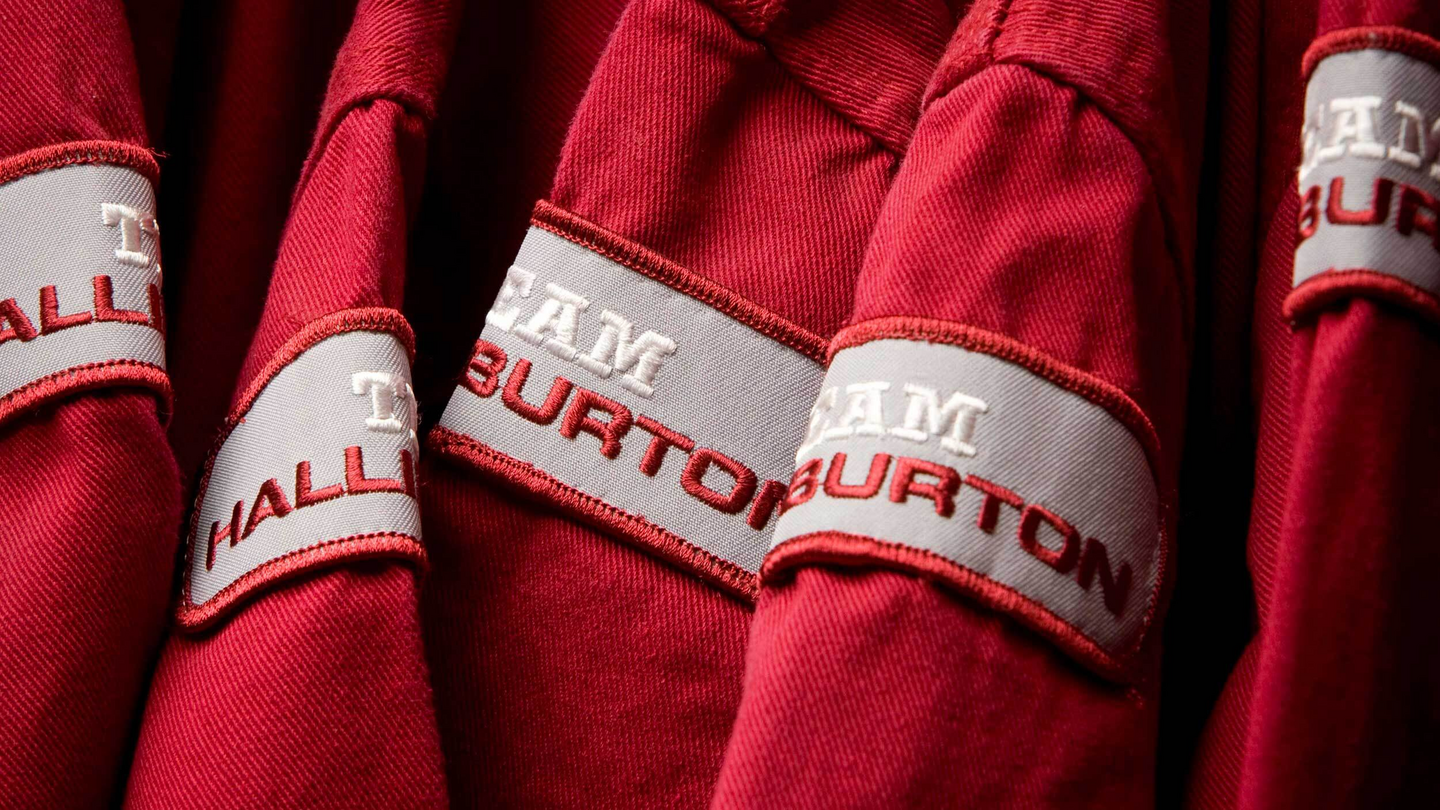 Search
Search
 Search
Search
Deep Water

Overcome firing head pressure initiation challenges to test and complete wells

Angola

The cost of operating in deepwater Angola demands efficiency and reliability. When an operator needed a solution to reduce firing head initiation pressure to test and complete their wells, they turned to Halliburton for an answer. By incorporating an electronic firing system (EFS) with the tubing-conveyed perforating (TCP) string, the operator was able to complete the well by moving some of the work offline, saving approximately USD 800,000 per well in operational costs.
An operator challenged Halliburton to provide a cost-efficient and achievable alternative to complete wells in a single trip to save rig time. The use of a conventional pressure firing head revealed that firing pressures would exceed the wellhead tree rating due to the hydraulic packer setting requirements.
To overcome firing head pressure initiation challenges and enable offline activities, Halliburton recommended a TCP shoot and drop (S&D) completion string with an EFS on bottom, which uses a unique coded sequence of pressure pulses that can be controlled from the surface to initiate the firing head and TCP guns safely without compromising completion string integrity and pressure test ratings. An EFS with an 18-day battery was used to incorporate offline well operations before firing and dropping the guns.
day EFS battery life
single-trip completion
USD saved per well
The smart electronic firing head allowed the S&D completion string to be run and tested, making it possible to commence work offline. Rigless operations, like slickline work, could be moved offline as the tubing hanger, bar pressure vent (BPV), and surface-controlled subsurface safety valve (SCSSV) could be tested to the full pressure rating. There was no limitation on pressures applied or cycles during the completion phase due to the unique EFS design using a coded +/- pressure-pulse sequence.
The EFS, with the 18-day battery, auto-release mechanism to drop guns after detonation, enabled offline activities like setting a completion packer, slickline runs, and displacement to lighter fluid. The displacement with lighter fluid before perforating allows the well to flow without killing it and/or exposing the formation to completion fluids that could damage the formation. This saves kill fluid or pill costs. The operator saved an estimated USD 800,000 per well in operating costs.
